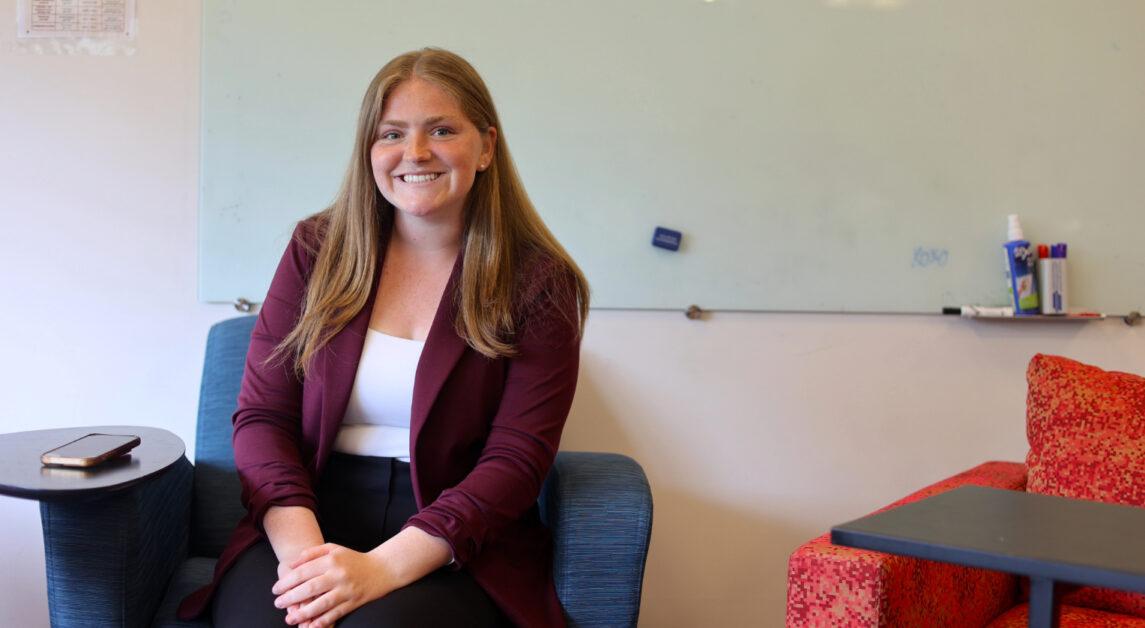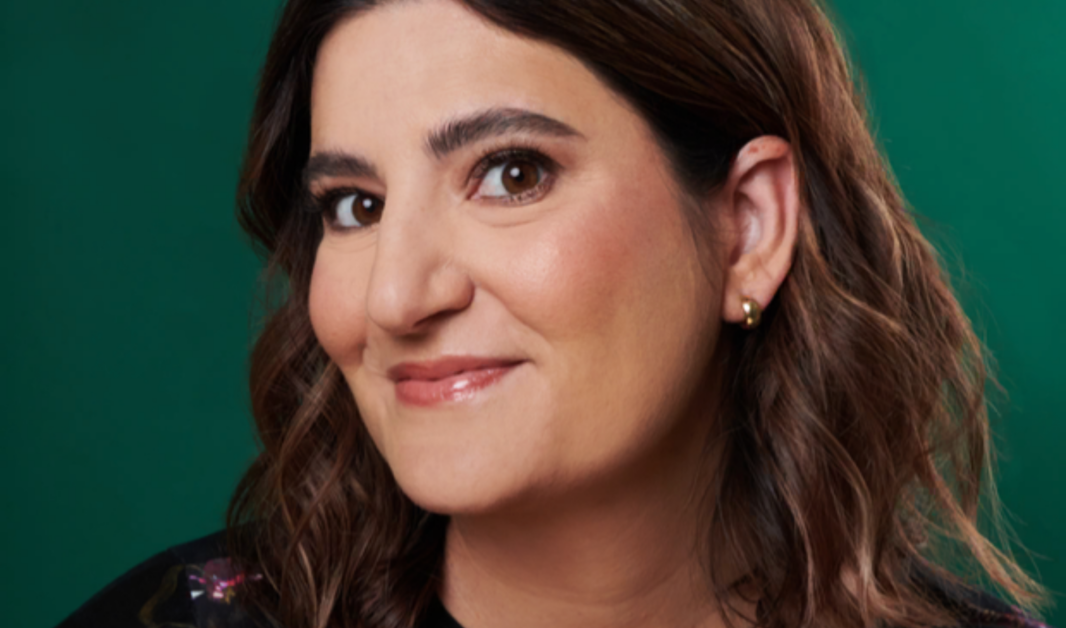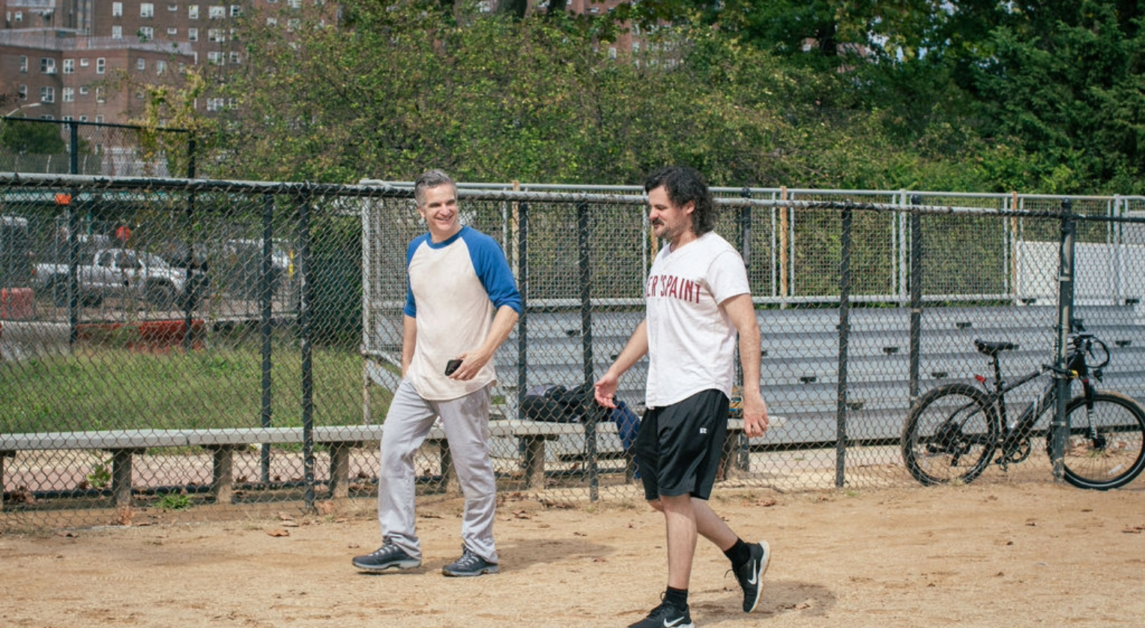If you go up to any biology major or pre-med student on campus to ask about one of their more memorable professors, Laura Anne Lowery is often one of the first to come to mind. Known for her bubbly personality and passion for her subject, it’s no surprise that on her first evaluations as a TA in college, one student observed that she had an “enthusiasm for science that is almost scary.” Lowery’s excitement about connecting with and helping students fills the room whenever she begins to talk, whether about herself or homeostasis.
Before departing for college, almost every student is told how important it is to form relationships with professors by going to office hours to find that one professor who really wants to invest in them. At Boston College, many students say to have found that mentor in Lowery. Her real-world anecdotes that preface each class are a highlight for many students—in fact, Lowery believes it’s her openness with her students that helps to create close relationships with them.
I’ve heard my own roommates recount her stories, and when I told them about this interview, three of them immediately pounced on me telling me anything and everything that there was to know about Lowery and how lucky I was to have this time to sit and talk to her.
“Professor Lowery is one of the most powerful women I’ve ever met. She cares passionately about the education of her students and even their lives outside of the classroom,” said Madeleine Jenkins, MCAS ’20.
At the time, I think I smiled and nodded but was unsure if I could ever match their enthusiasm to simply sit down and talk with a professor. Once I was actually sitting across from Lowery, however, I was immediately aware of how excited she was to talk about her students. Suddenly, I felt as if my prepared questions wouldn’t be adequate enough to allow her to portray how strongly and passionately she felt about teaching.
Lowery’s decision to become a professor wasn’t something she had always planned on. Up until her senior year of college at the University of California, San Diego, Lowery had been a biology major with little involvement in biology extracurriculars. It was during that last year that she began to get involved in research while simultaneously taking up a position as a TA. This was when she began to realize how much she loved teaching science, but continued to focus more on the research.
Lowery continued on to the Massachusetts Institute of Technology for her graduate work, where her primary goal was to be a successful researcher. Upon completing her Ph.D. at MIT, followed by post-doctoral work at Harvard Medical School, Lowery’s focus also began to encompass helping the next generation see all that they were capable of accomplishing.
“The reason that I became a professor was that I recognized that this would be the most powerful way for me to positively impact young people during a very transformative period of their lives,” she said.
Lowery said that her lab’s current research topics focus on cell machinery and its ability to drive cell movement. Specifically, her lab is researching various properties and roles of microtubules, a part of the cell’s cytoskeleton. Lowery grasped at the air as she jumped from idea to idea, trying to explain to me through vivid hand motions the network through which all these projects are connected. As I came to learn, there are quite a few topics encompassed under the umbrella of cytoskeleton research. Lowery’s lab focuses on not just one, but a number of them.
Lowery was initially able to obtain funding to investigate how the development of the nervous system and irregularities in neural connectivity correlate with neural development disorders. Different grants allow her to examine the role of the cytoskeleton in cell movement during facial development so as to understand craniofacial defects. To broaden her research, Lowery is also working to understand cell movement in cancer metastasis—the underlying mechanisms for the way these cells move is likely related to her research on cell movement.
She must have noticed the overwhelmed look on my face because she laughed and said, “Yes, there are a lot of different moving parts here.”
Another component to having such a large lab with so many projects going on is that it necessitates help from quite a few people—accordingly, Lowery is known to readily offer research opportunities to those who seek them. In contrast to many biology research labs that retain space for only one to two undergraduate students, Lowery seeks to maximize participation in her lab by involving 20 undergraduates, four Ph.D. students, one post-baccalaureate fellow, and a senior scientist, all of them working together to bring their varying levels of expertise to the table. When she started her lab, Lowery decided that she wouldn’t try to compete with those at Harvard or MIT, but instead the focus of her lab would be to motivate students in their learning process.
“I wanted to foster an environment where my students can learn and thrive and fail because it is really important to learn how to fail and succeed and grow as human beings,” she said.
Despite the fact that she had set out to create this environment that allowed for growth, both academically and personally, Lowery was still surprised at just how successful it has been. She reflected that keeping students focused on the entire experience—both its successes and failures—prompted stronger feelings of accomplishment and satisfaction in the students for the hard work that they had put in.
Seeing these results in the students helped Lowery realize that her involvement in her students’ lives had been much more meaningful than she anticipated. It helped her to transition her focus from heavy emphasis on research toward cultivating an environment where students could feel that someone really wanted them to succeed.
“I love teaching students about biology,” she said. “I love helping them to learn how to think critically … to see what we can accomplish and the power we have as individuals to change the world.”
As she recounts the struggles of her own life and the struggles that came with figuring out what she wanted, Lowery feels fortunate to have found hersense of purpose and hopes to help the next generation do the same, prompting them to examine central questions such as, “What am I good at it?,” “What brings me joy?,” and “Who does the world need me to be?”
Lowery also emphasized how important failing is to not only answering these questions, but to understanding deeper truths about one’s self. When asked about her thoughts on how students can ever really appreciate the growth that comes from failure when our society is so driven by competition and being the best, she responded, “Comparing yourself to others and trying to be the best? You will fail at that every time. But what you will not fail at is being the best version of yourself.”
Lowery said that this notion of competing against our peers and needing to run from Point A to Point B as fast as we can is a misguided notion that is detrimental to our health. Just as she preaches to her students, she wishes that everyone could recognize that there are enough problems in the world to give people an opportunity to do something that is meaningful to them, without having to beat out someone else in order to do so.
From the outside it’s easy to see an image of seamless success as if all the pieces fell into place for Lowery. What you find when you look closer is that MIT, Harvard, and all the research funding was a product of hard work through a path laden with obstacles. Her journey to become a professor took an additional 13 years after graduating college and had to be balanced with the demands of motherhood as she had two children along the way.
“All the science and research has been great,” Lowery said. “But I realized that as by having the goal as supporting the students, that ends up being a lot more meaningful to me in the long run.”
Photo courtesy of BC.edu







